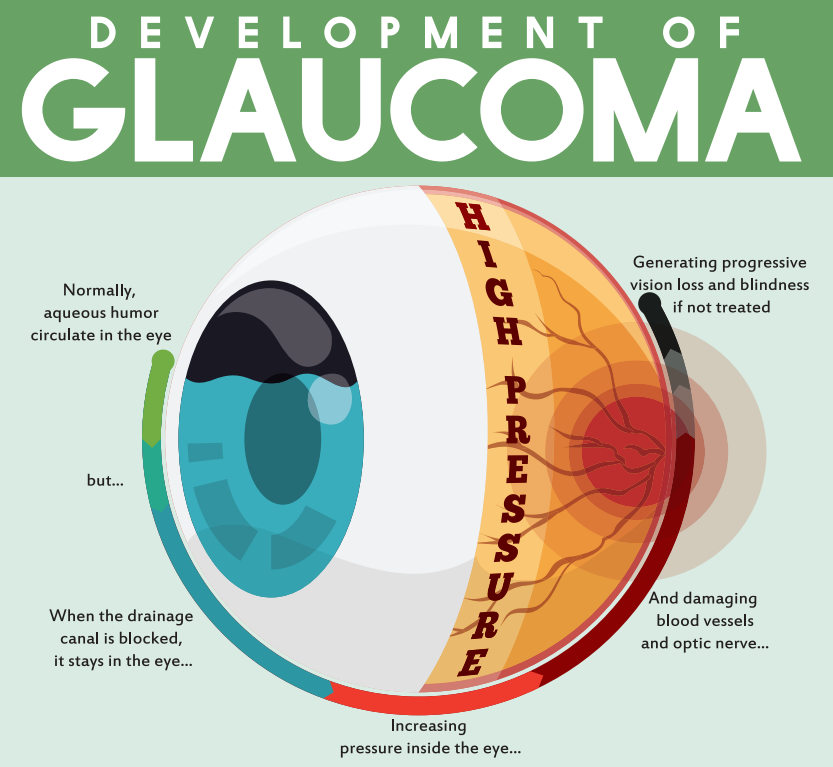Trusted Eyecare Near Me: Your Guide to Keeping Healthy And Balanced Vision
Trusted Eyecare Near Me: Your Guide to Keeping Healthy And Balanced Vision
Blog Article
Comprehending the Different Vision Correction Procedures Available for Clearer Sight
In the realm of vision modification treatments, a wide variety of alternatives exist to resolve refractive errors and offer people with clearer view. Allow's check out the ins and outs of these procedures and lost light on the path to attaining enhanced vision clearness.
LASIK Surgery
LASIK surgery is an usual refractive treatment used to remedy vision troubles such as astigmatism, farsightedness, and nearsightedness - glaucoma service near me. This surgical strategy, which stands for Laser-Assisted in Situ Keratomileusis, aims to improve the cornea to improve exactly how light is concentrated on the retina, ultimately boosting vision clarity. Throughout the procedure, a thin flap is produced on the cornea, and a laser is utilized to get rid of accurate quantities of tissue to improve it properly. This improving enables light to be accurately concentrated onto the retina, fixing refractive errors.
Among the key benefits of LASIK surgical procedure is the rapid enhancement in vision experienced by people. Numerous people notice a substantial improvement in their eyesight promptly after the treatment. Additionally, a lot of people report minimal pain and discomfort during the surgical procedure and recovery period. The healing time for LASIK is reasonably fast, with many individuals returning to their daily tasks within a day or 2 post-operation. In general, LASIK surgical treatment is a prominent selection for people looking for a long-term service for their vision issues.
PRK Treatment
While additionally a common refractive procedure, the PRK (Photorefractive Keratectomy) method varies from LASIK surgical treatment in its approach to remedying vision problems. In PRK, rather of creating a flap on the cornea, the external layer of the cornea, called the epithelium, is completely eliminated. This allows the laser to reshape the cornea to fix refractive mistakes such as farsightedness, nearsightedness, and astigmatism straight on the surface.

Regardless of the longer recovery time, PRK can generate exceptional lead to vision renovation, making it a beneficial choice for those who might not be appropriate candidates for LASIK surgery.
Implantable Lenses
Unlike PRK where the cornea is reshaped straight, implantable lenses use another approach for correcting vision by putting fabricated lenses inside the eye. This treatment is specifically beneficial for individuals with high degrees of farsightedness, astigmatism, or nearsightedness who might not appropriate prospects for laser surgical procedures like LASIK or PRK.
Implantable lenses, additionally understood as phakic intraocular lenses, job by supplementing the eye's natural lens with a man-made one. refractive surgeries in al. These lenses can be placed in front of the natural lens (former chamber) or behind the iris and before the natural lens (posterior chamber) By changing the power and positioning of these lenses, eye doctors can successfully correct refractive mistakes and improve visual acuity
One advantage of implantable lenses is that they are removable and exchangeable, offering flexibility for future changes. Nonetheless, just like any kind of surgery, there are dangers entailed, such as infection or cataract formation. People taking into consideration implantable lenses ought to talk to an eye treatment specialist to determine the most suitable alternative based YOURURL.com on their private needs and eye wellness.
Corneal Rings
Corneal rings, additionally referred to as intracorneal ring sections, are small, transparent tools placed right into the cornea to correct vision distortions such as keratoconus. Keratoconus is a condition where the cornea thins and bulges exterior, causing vision to come to be distorted. The insertion of corneal rings aids to squash the cornea, improving visual skill and decreasing the uneven astigmatism triggered by keratoconus.
The procedure for inserting corneal rings is reasonably fast and websites minimally intrusive, typically executed as an outpatient procedure. Throughout the surgical procedure, the ophthalmologist makes a little incision in the cornea and inserts the rings at a certain deepness. Once in location, the rings aid to improve the cornea, supplying a smoother surface area for light to get in the eye, which can lead to more clear vision.
Corneal rings are considered a reversible procedure, as they can be eliminated or changed if needed. refractive surgeries in al. While they may not entirely remove the need for glasses or contact lenses, corneal rings can dramatically boost vision quality and total aesthetic convenience for individuals with keratoconus or various other corneal irregularities
Refractive Lens Exchange
Following the adjustment of corneal irregularities with treatments like corneal rings, one more vision modification technique that can address refractive mistakes is Refractive Lens Exchange (RLE) RLE is a medical treatment that entails changing the eye's natural lens with a man-made intraocular lens (IOL) to remedy refractive mistakes such as presbyopia, farsightedness, and nearsightedness. This procedure is especially helpful for people who may not find here appropriate prospects for procedures like LASIK or PRK due to factors such as slim corneas or high refractive errors.
Final Thought
In conclusion, there are various vision correction treatments readily available to aid people attain more clear sight. LASIK surgery, PRK procedure, implantable lenses, corneal rings, and refractive lens exchange are all options that can address various vision concerns.
In the world of vision modification procedures, a wide range of options exist to deal with refractive errors and provide people with more clear sight.LASIK surgery is a common refractive treatment utilized to fix vision problems such as astigmatism, nearsightedness, and farsightedness.While likewise a common refractive treatment, the PRK (Photorefractive Keratectomy) method differs from LASIK surgical procedure in its technique to fixing vision problems.Adhering to the correction of corneal abnormalities with procedures like corneal rings, another vision modification technique that can resolve refractive errors is Refractive Lens Exchange (RLE) LASIK surgical procedure, PRK treatment, implantable lenses, corneal rings, and refractive lens exchange are all options that can attend to various vision problems.
Report this page